SECURE Acts: What 401(k) Plan Sponsors Need to Know
May 2, 2024
The recent legislation from the SECURE Act and SECURE Act 2.0 introduce additional provisions that impact 401(k) plans and their sponsors. For plan sponsors, understanding the key provisions of the SECURE Acts is essential for staying compliant and maximizing the benefits for their employees. In this post, we'll explore the important provisions of the SECURE Acts that 401(k) plan sponsors should focus on.
1. Increased Age for Required Minimum Distributions (RMDs)
One of the most notable changes introduced by the SECURE Act is the increase in the age for required minimum distributions (RMDs) from retirement accounts. Prior to the SECURE Act, individuals were required to start taking RMDs from their retirement accounts at age 70½. However, under the SECURE Act, the age for starting RMDs has been raised to age 73 effective January 1, 2023. Plan sponsors need to update their plan documents and communicate these changes effectively to participants.
2. Elimination of Age Limit for Traditional IRA Contributions
Previously, individuals were not allowed to contribute to traditional IRAs once they reached age 70½. However, the SECURE Act removed this age limit, allowing individuals of any age to contribute to a traditional IRA, provided they have earned income. Plan sponsors should educate employees about this change and ensure that their retirement plans accommodate participants who may continue working past traditional retirement age.
3. Expansion of Eligibility for Part-Time Employees
Another significant provision of the SECURE Act is the expansion of eligibility for part-time employees to participate in employer-sponsored retirement plans. Prior to the SECURE Act, part-time employees who worked fewer than 1,000 hours per year were generally excluded from participating in 401(k) plans. However, under the SECURE Act, employees who work at least 500 hours per year for three consecutive years must be allowed to participate in the employer's 401(k) plan. Plan sponsors should review their plan documents and adjust eligibility criteria accordingly to comply with this provision.
4. Automatic Enrollment and Escalation
SECURE Act 2.0 encourages automatic enrollment and escalation features in retirement plans by providing tax credits to employers who adopt these features. Automatic enrollment enrolls eligible employees into the employer's retirement plan unless they opt out, while automatic escalation gradually increases employees' contribution rates over time. Plan sponsors should consider implementing these features to boost employee participation and savings rates, thereby enhancing retirement readiness.
5. Catch-Up Contributions for Individuals Aged 60 and Older
Under SECURE Act 2.0, individuals aged 60 and older will have the opportunity to make catch-up contributions to their retirement accounts. Currently, catch-up contributions are available only to individuals aged 50 and older. This provision allows older workers to accelerate their retirement savings in the years leading up to retirement. Plan sponsors should update their plan documents to reflect this change and educate eligible participants about the benefits of catch-up contributions.
6. Expansion of Qualified Automatic Contribution Arrangements (QACAs)
SECURE Act 2.0 expands the availability of Qualified Automatic Contribution Arrangements (QACAs) by increasing the maximum default contribution rate from 10% to 15% of eligible compensation. QACAs are retirement plans with automatic enrollment and certain employer contribution requirements that are exempt from certain nondiscrimination testing. Plan sponsors should consider adopting QACAs to simplify plan administration and encourage higher savings rates among participants.
7. Student Loan Repayment and Retirement Savings
Recognizing the burden of student loan debt on younger workers' ability to save for retirement, SECURE Act 2.0 allows employers to make matching contributions to retirement plans based on employees' student loan payments. This provision aims to incentivize employees to save for retirement while also managing their student loan debt. Plan sponsors should explore incorporating this feature into their retirement plans to support the financial wellness of their workforce.
The SECURE Acts introduce several important provisions that have the potential to significantly impact 401(k) plans and their sponsors. By focusing on key provisions such as required minimum distributions, eligibility for Part-Time employees, automatic enrollment and escalation, catch-up contributions for older individuals, expansion of QACAs, and incorporating student loan repayment options, plan sponsors can enhance retirement security for their employees and adapt to the changing landscape of retirement planning. Staying informed, updating plan documents, and communicating changes effectively to participants are essential steps in implementing the provisions of SECURE Act 2.0 and ensuring the long-term success of retirement plans. Please reach out to a Larson & Company professional with any questions you have.

Diane is an Audit Partner with Larson & Company. She specializes in Employee Benefit Plan audits and is the leader of our Employee Benefit Plan Practice Group.
LinkedIn

.png)



